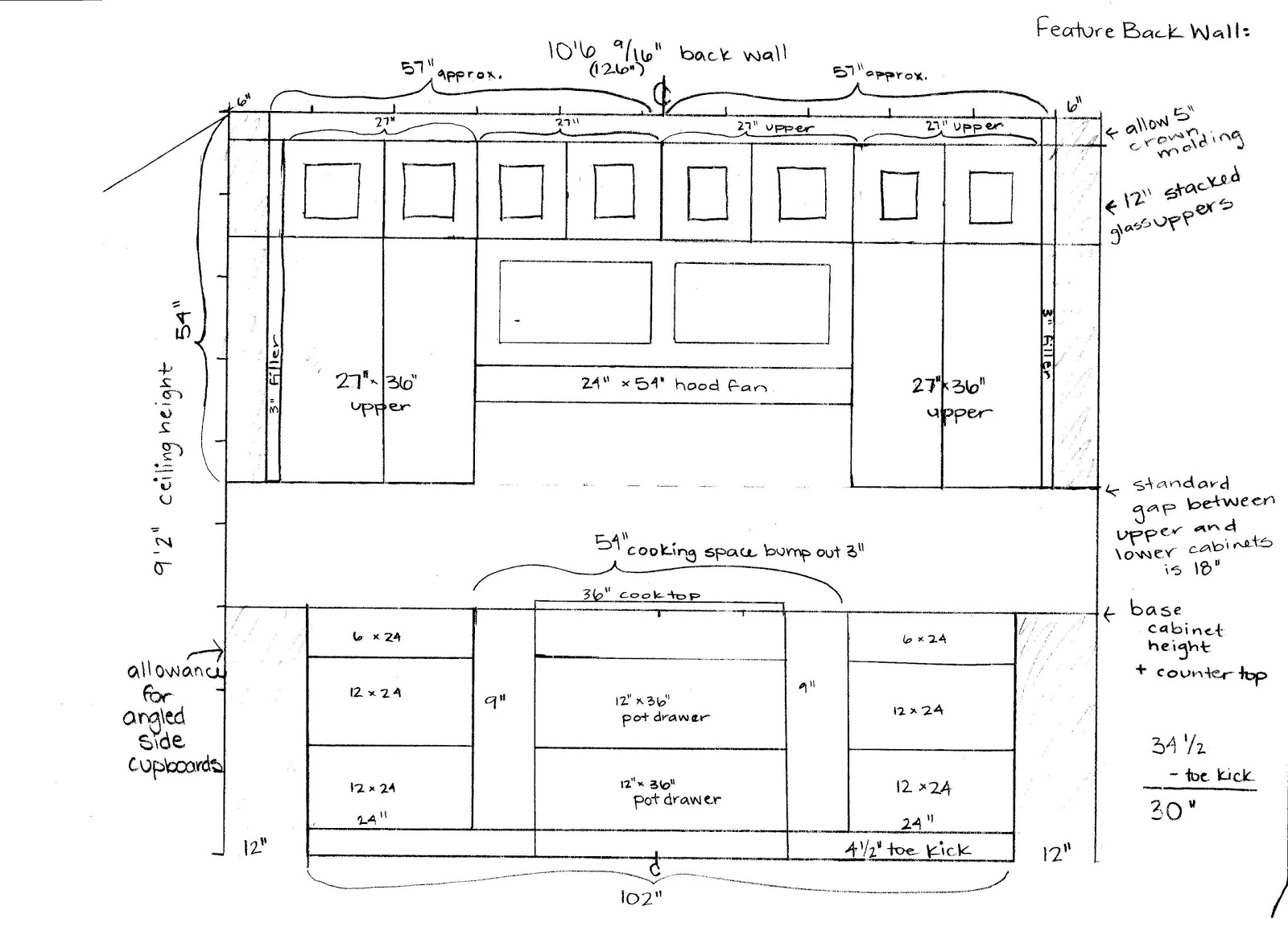

Grades: K-2 Mighty Maddie by Stuart Murphy If you’re looking for a book to kick off your measurement unit, this is the perfect choice! It features a cute story about kids entering a sandcastle building contest and how the winner is determined. This is a great foundation book for building measurement skills. While Super Sandcastle Saturday by Stuart Murphy doesn’t necessarily explain the difference between the two, it does do an excellent job of explaining the basics of standard measurement. One of the trickiest things about teaching measurement often comes from trying to explain the difference between standard and metric. Super Sandcastle Saturday by Stuart Murphy (Math Start) Combine all of that with easy-to-understand comparison of metric and standard units of measurement and you’ve got yourself an incredibly useful resource for your measurement lessons. How Long or How Wide?: A Measuring Guide (Math Is Categorical) by Brian Cleary is a fantastic book to introduce measurement to your little learners! Focusing on length, this text doesn’t have a traditional story line – but what it does have is rhyming text, colorful characters, and clever examples. How Long or How Wide? A Measuring Guide by Brian Cleary For more information about my Disclosure Policy, please visit this link. By purchasing an item on the Amazon site using these links, I will receive a small commission on your purchase. This post contains affiliate links for Amazon. The following list of books offer a rich variety of story lines, cover multiple measurement skills, and will engage your students while enriching their math experience! Not only do these books add a literacy element to your math curriculum, but they present your students with a creative and interactive tool for comprehending measurement concepts. This is why using measurement-focused children’s books can be an effective resource to help your students gain a deeper understanding of all things measurement! And it can feel like an equally overwhelming amount of information for your students to digest.

Plus, there are a lot of different aspects of measurement that need to be covered – length, width, weight, volume…the list goes on and on! As a teacher, it can feel like an overwhelming amount of information to explain. For instance, explaining why we have a standard and a metric form of measurement was always a bit of a hit or miss for me. I always found it somewhat difficult to explain the some of the logistics of measurement to my students. Measurement is one of those math concepts that can be really fun and hands-on to teach – but it can also be quite tricky.


 0 kommentar(er)
0 kommentar(er)
